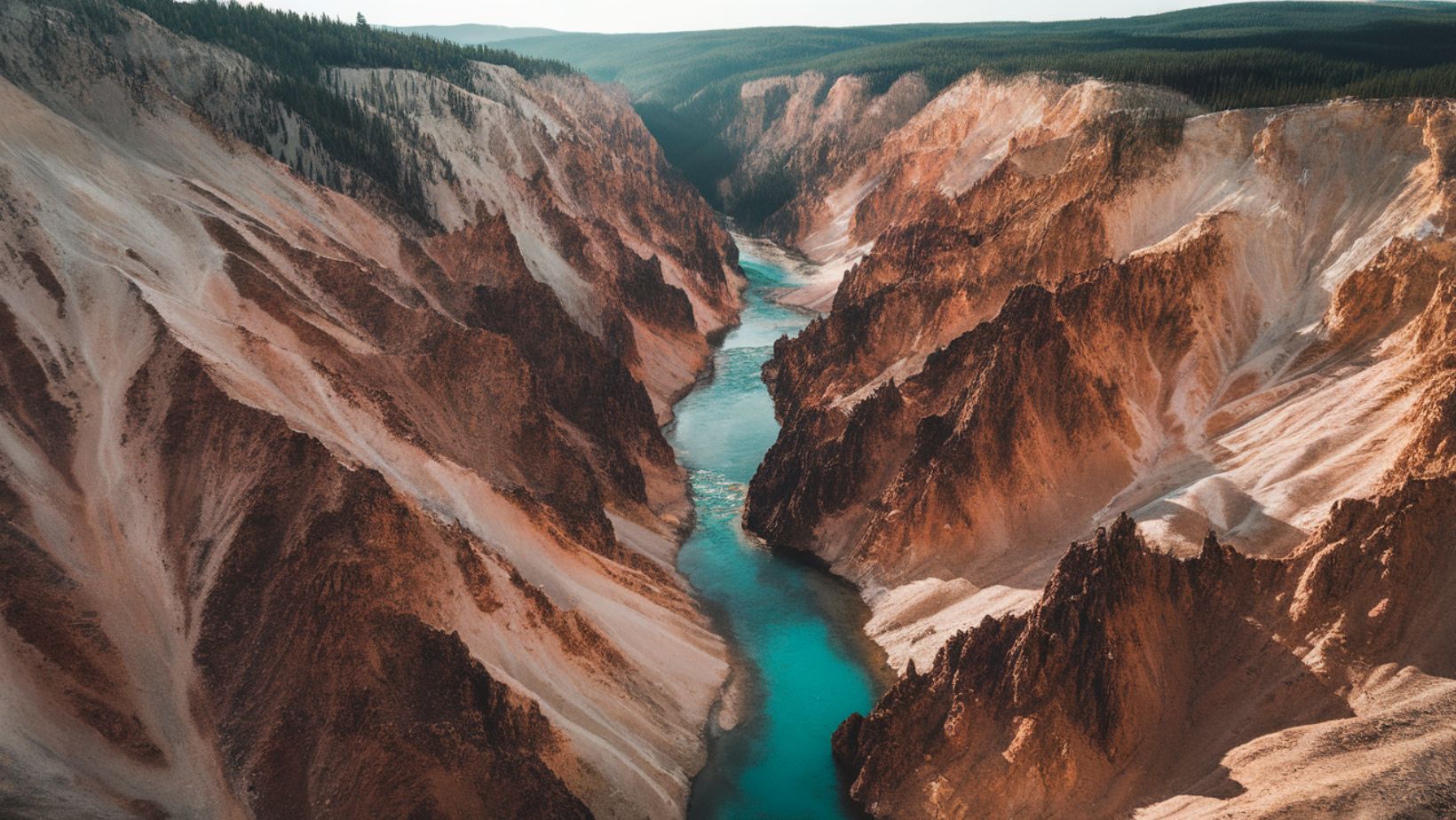What geological forces created a waterfall in New York State that rivals the depths of western canyons? How did ancient glaciers carve a gorge deeper than the mighty Niagara Falls? What makes this 215-foot giant the undisputed champion of eastern waterfalls? In the heart of the Finger Lakes region, where prehistoric forces meets modern-day majesty, Taughannock Falls continues to awe visitors with its unprecedented scale.
Taughannock Falls Stands as The Easts Most Impressive Vertical Drop
Plunging 215 feet in a single cascade, Taughannock Falls dominates the eastern United States waterfall landscape. Like other significant waterfalls, its sheer magnitude challenges our perception of what’s possible in eastern geography. The falls drops from cliffs towering 400 feet above the gorge floor, creating a canyon system that surpasses Niagara Falls in depth and rivals western geological formations in grandeur.
Ice Age Legacy Shapes Modern Wonder
The formation of Taughannock Falls tells a story of massive geological forces at work. Similar to how Earth’s most impressive cave systems evolved, the falls and its gorge were carved by glacial meltwater and erosion over 10,000 years. The retreating glaciers of the last Ice Age left behind a landscape primed for water erosion, creating what we see today through millennia of persistent natural forces.
Unique Geological Features Tell Ancient Stories
The gorge walls reveal layers of sedimentary rock deposited over 400 million years ago, much like other natural formations that capture time. The distinct horizontal bands in the cliff faces showcase different periods of Earth’s history, with each layer telling its own story of ancient seas, climate changes, and geological processes. The falls cut through these layers, exposing a timeline of our planet’s past.
Year Round Access Offers Diverse Experiences
Unlike many eastern waterfalls that diminish seasonally, Taughannock maintains impressive flow throughout the year. Three distinct viewing areas provide different perspectives: the rim trail offers dramatic overhead views, the gorge trail leads visitors to the falls’ base, and the lake-level overlook provides a unique upstream vista. Each vantage point reveals different aspects of the falls’ grandeur.
Weathering Processes Continue to Shape the Falls
The ongoing erosion at Taughannock Falls demonstrates active geological processes. The waterfall continues to carve its way upstream at a rate of approximately two-thirds of a foot per year. This recession rate, while slower than Niagara Falls, provides scientists with valuable data about erosion processes in sedimentary rock formations.
Microclimate Creates Unique Ecosystem
The deep gorge and constant water flow create a distinctive microclimate around Taughannock Falls. This environment supports rare plant species and provides crucial habitat for various wildlife. The gorge’s sheltered location and consistent moisture levels maintain conditions that differ significantly from the surrounding upland areas.
Winter Transforms Falls Into Ice Palace
During winter months, Taughannock Falls transforms into a spectacular ice formation. The mist from the falls freezes into massive ice cones at the base, while the cliff faces become adorned with intricate ice formations. These winter conditions create unique photography opportunities and attract ice climbers from across the region.
Modern Infrastructure Enhances Visitor Experience
State park facilities provide year-round access while protecting the natural environment. A network of well-maintained trails allows visitors to experience the falls from multiple perspectives. The recently renovated overlook facility includes interpretive displays explaining the falls’ geological history and ecological significance.
Scientific Research Reveals New Insights
Ongoing studies at Taughannock Falls provide valuable information about erosion rates, rock formation, and climate history. Researchers use the exposed rock layers to study ancient environmental conditions and track modern climate change impacts. The falls serve as a natural laboratory for understanding geological processes.
Conservation Efforts Protect Future Generations
Active management strategies help preserve both the natural features and visitor access at Taughannock Falls. Erosion control measures protect trail systems, while water quality monitoring ensures the health of the creek ecosystem. These efforts balance preservation needs with recreational access, ensuring the falls remain a viable attraction for future generations.
Future Challenges Require Adaptive Management
Climate change and increasing visitor pressure present ongoing challenges for Taughannock Falls State Park. Management plans must adapt to changing precipitation patterns that affect water flow and erosion rates. Innovative solutions help address these challenges while maintaining the park’s natural character and educational value.
